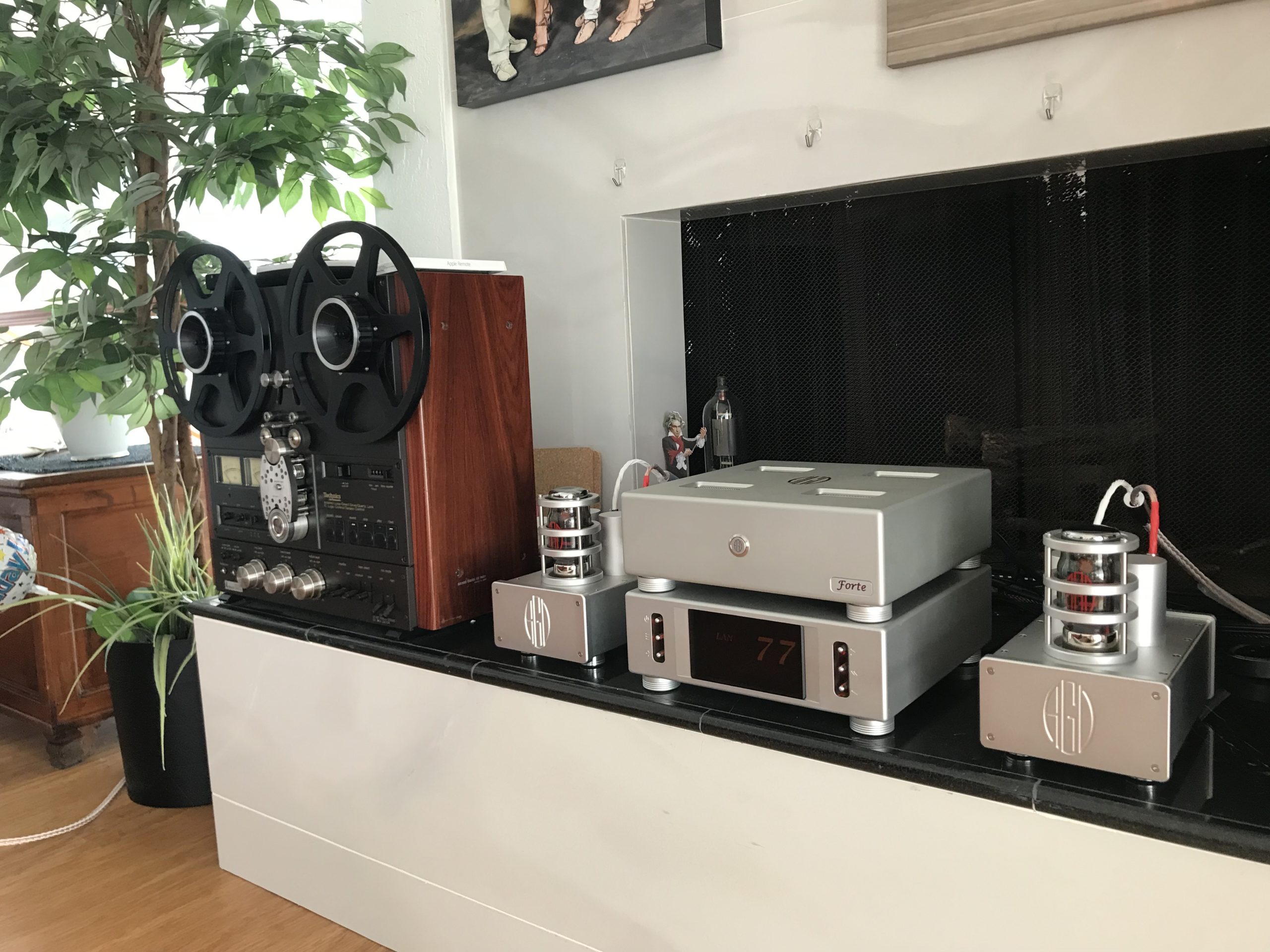
Photos by Jonson Lee.
How AGD Productions’ transistor-based tubes cast a spell on me
I’ve always been interested in the placebo effect in audio. We all know it exists, although we don’t always like to admit it does. Placebo pills often show a positive effect on patients’ recovery. That’s why, when testing a new drug, a control group is given placebo pills instead of the actual drug to subtract the placebo effect from the overall result. The placebo effect is pretty much omnipresent in all commercial products. Take automobiles, for example: if you think that the style and color of the car you’re driving has no impact on how you perceive its performance, you are denying your basic human biases.
I think this phenomenon is especially true with tube amps. Just picture one with its glowing glass towers sticking out of the chassis. Now compare this to the look of a typical solid-state amp which almost always comes in an industrial-looking rectangular box. There’s just no comparison; the tube amp always wins the beauty contest. So, the question is: how much of the perceived sound of a tube amp is coming from its audio and how much of it is coming from its visual appearance? Hence, the question that popped into my mind: what if the solid-state amp looked like a tube one? Would it change the way I felt about its sound?
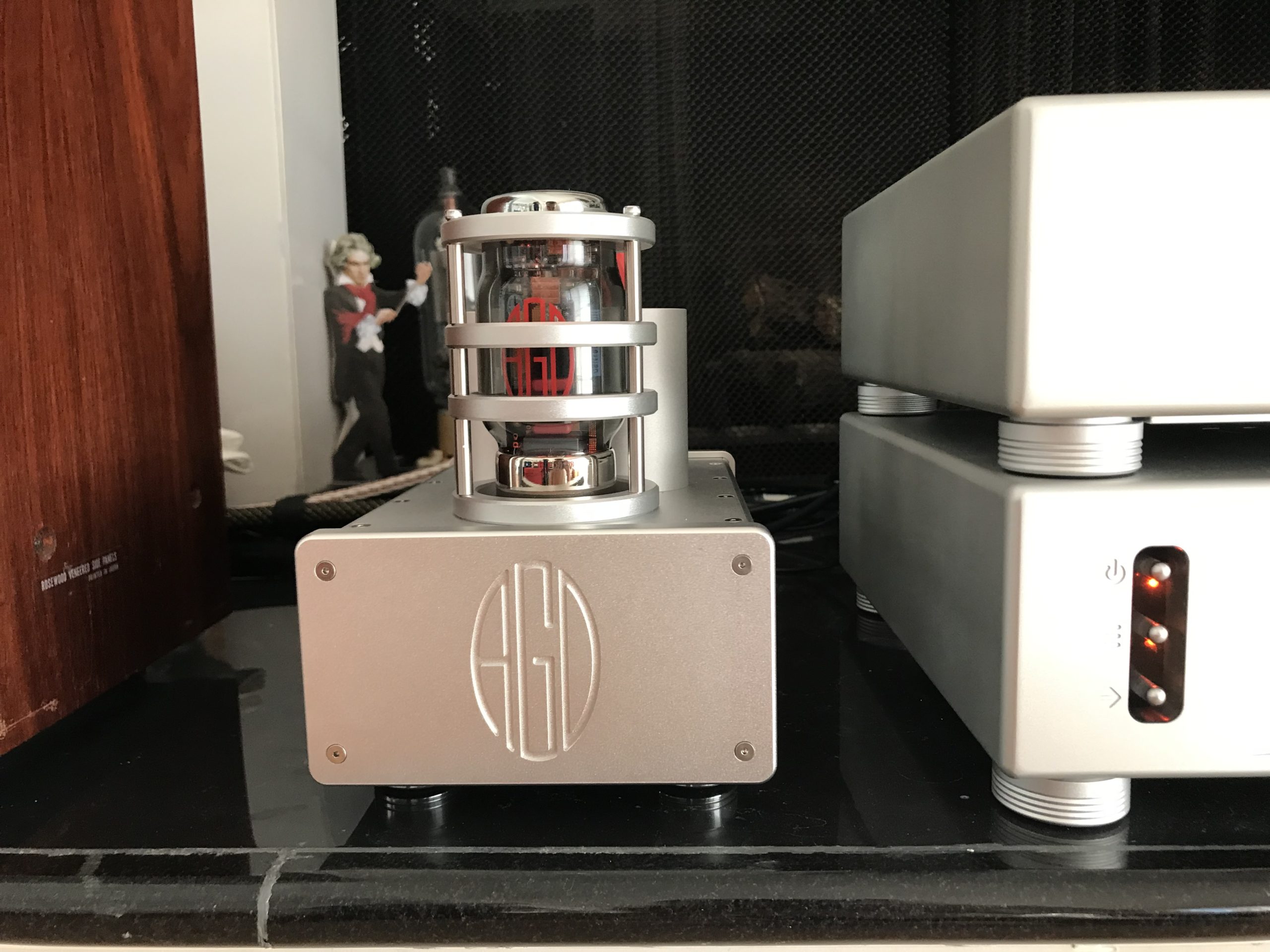
And then I remembered—the Audion monoblocs from L.A.-based AGD Productions that I saw at this year’s T.H.E Show. At first sight, they looked like tube amps. And they were, kind of. They had glowing tubes, only these amps were purely class-D and inside those tubes was semiconductor technology. I listened to the demo—it sounded very good—but I knew I was hearing the whole system, not just the amp. So, I got in touch with Alberto Guerra, AGD founder and product designer, and asked if he’d mind if I compared the sound of his amp, with its tube appearance, to my beloved but industrial-looking solid-state Densen DM-30 amplifier in a same system so I could isolate the sonic characteristics of the AGD amp. What I didn’t say, but was in the back of my mind, was: while listening to the AGD amp, would I be able to determine if its tube appearance influenced my emotional response to the music? Alberto not only graciously accepted but invited me to his house to do whatever process of comparison my heart desired.
Alberto has been involved in electronics engineering for 42 years, most of them in semiconductor research and development. What’s inside the glass tubes in AGD amplifiers stems from that experience. Wanting to create something truly new in amp design, Alberto designed transistors made with gallium nitride (GaN), a crystal-like material, to be used in a switching amp design, i.e.. that uses class-D topology. According to Alberto, it’s an ideal combination, because it takes advantage of class-D’s strengths—high efficiency, low noise, the ability to deliver high current and close to zero heat, its small footprint, its light weight—while minimizing class-D’s main weakness, namely, its inability to switch fast enough back and forth between the supply rails to produce truly “organic” sound. Alberto states that his GaN transistors (again, that’s what’s inside the glass tubes) deliver one hundred times the switching speed compared to the silicon MOSFET transistors typically used in amplifiers.
Most important to me, however, was not how the technology worked, but how I would perceive its sound. The AGD amps used for the purposes of my comparison were the Audion monoblocs, while the rest of the system consisted of an AGD Andante preamplifier / streaming DAC and the Magnepan 1.7i speakers. As luck would have it, I knew his Magnepans well because I own a similar pair (older model). After much switching between amps and listening, I formed two important impressions about the Audion.
First, its bass reproduction was in a class of its own. This had nothing to do with feeling; this was concrete. Magnepan is one of my favourite brands but I’m willing to admit that bass pitch accuracy isn’t one of its speakers’ strengths. The Audion made me forget that. The bass I heard was tight and massive.
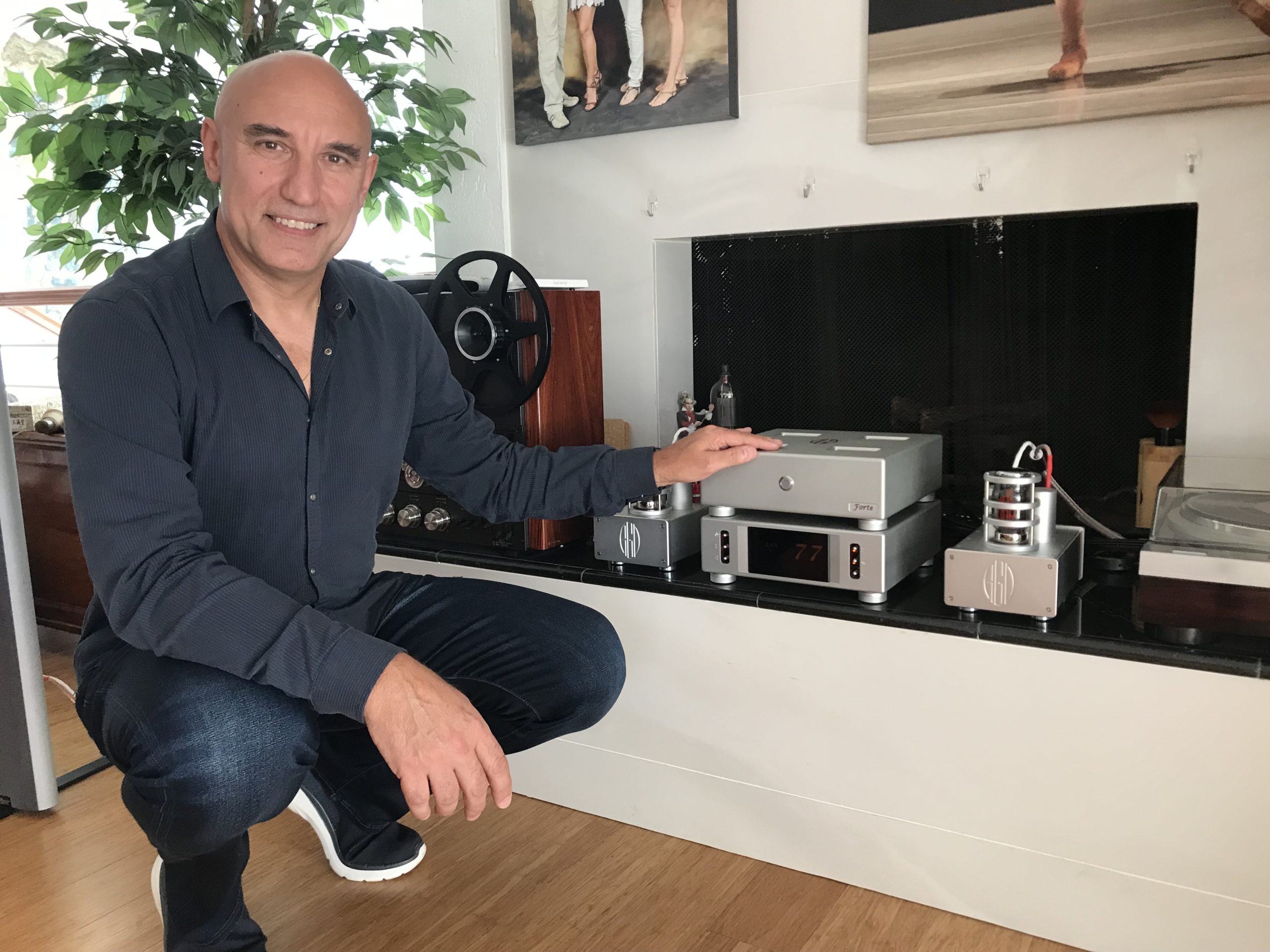
My second big impression of this class-D tube amp design (it still sounds strange to me) was its neutrality, or its seeming absence of sonic additives. In comparison, my Densen, and, as far as I remember, many of the amps I used to own, seemed to be adding something to the signal, to colour it. Colorations may be pleasant to listen to, but they inevitably dilute the sound the creators of the recording intended us to hear (imagine adding blue paint to what’s originally red paint and ending up with something closer to purple). What the Audion didn’t do was more striking than what it did. With a typical tube amp, the opposite is likely true.
I listened to a variety of recordings with the Audion and the Magnepans, and throughout, I was captivated by the music. At one point, as I thought, “There’s magic in that sound”, my attention snapped back to why I was there in the first place: to observe my own placebo effect. So, as the music played, I started to ask myself if I could figure out how much of the magic I was hearing was coming from the sound quality (which was undeniably excellent) and how much of it was coming from the visual aspect (which was irrefutably gorgeous). After I’d alternated several times between having my eyes open and closed while I listened, my conclusion was this: I couldn’t. Their effect was interrelated and interlaced. They both mattered.
To which I’ll add a confession: I used to think I was unimpressionable. I thought I was above all that placebo stuff and immune to the lures of anything other than the sound quality. Now, I’m convinced the look of those transistor tubes made a difference in how I heard the music, and how it made me feel. I’ll even add that the scenic drive I’d enjoyed on the way to Alberto’s home in Rancho Palos Verde, CA, might have made a difference. The stunning ocean view opened my heart to inspirations and possibilities even before I arrived at his house.
So yes, I may be prone to some placebo effect, maybe just like the next guy. Then again, a placebo can seem just as real as the Pacific Ocean’s cobalt blue colour.

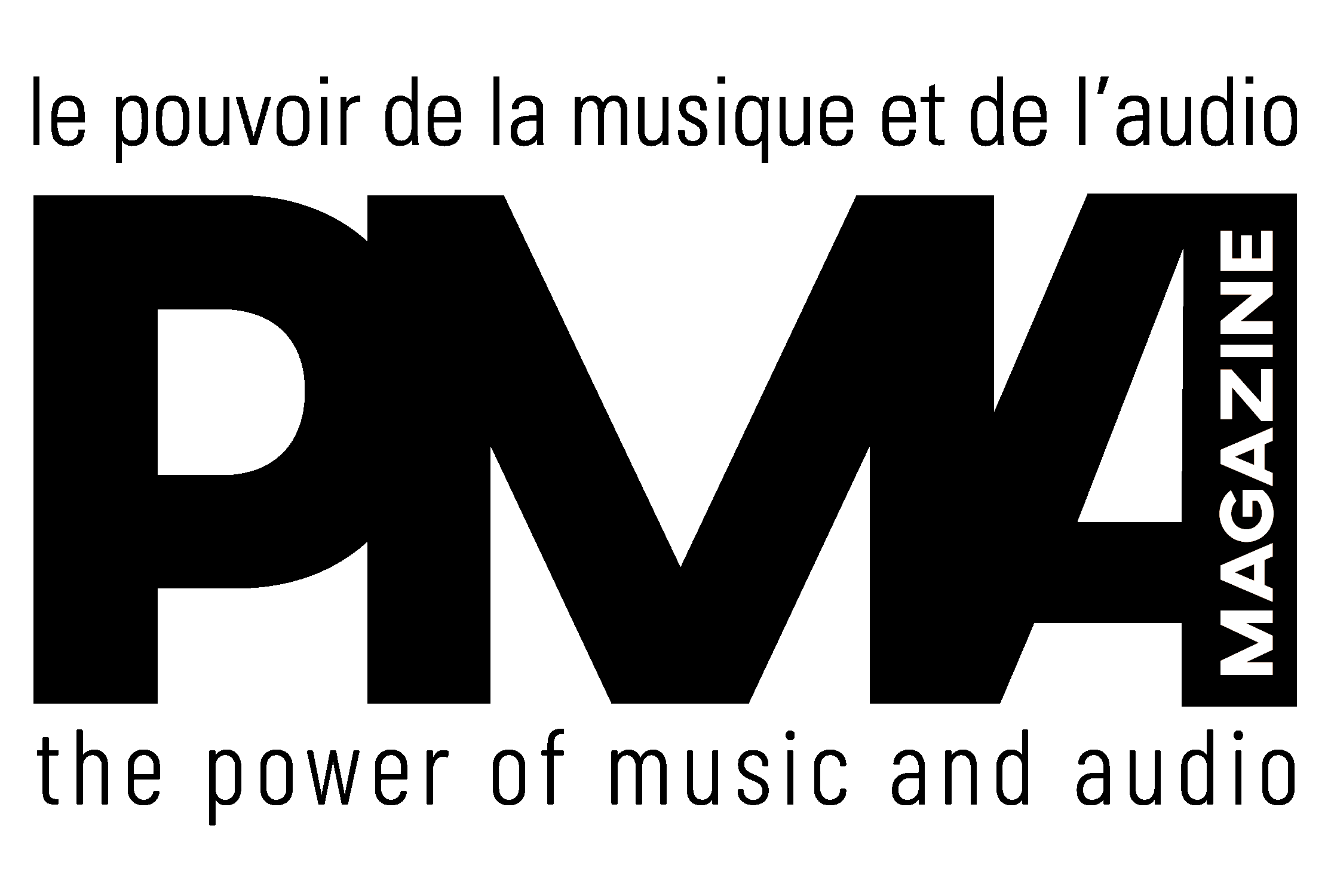

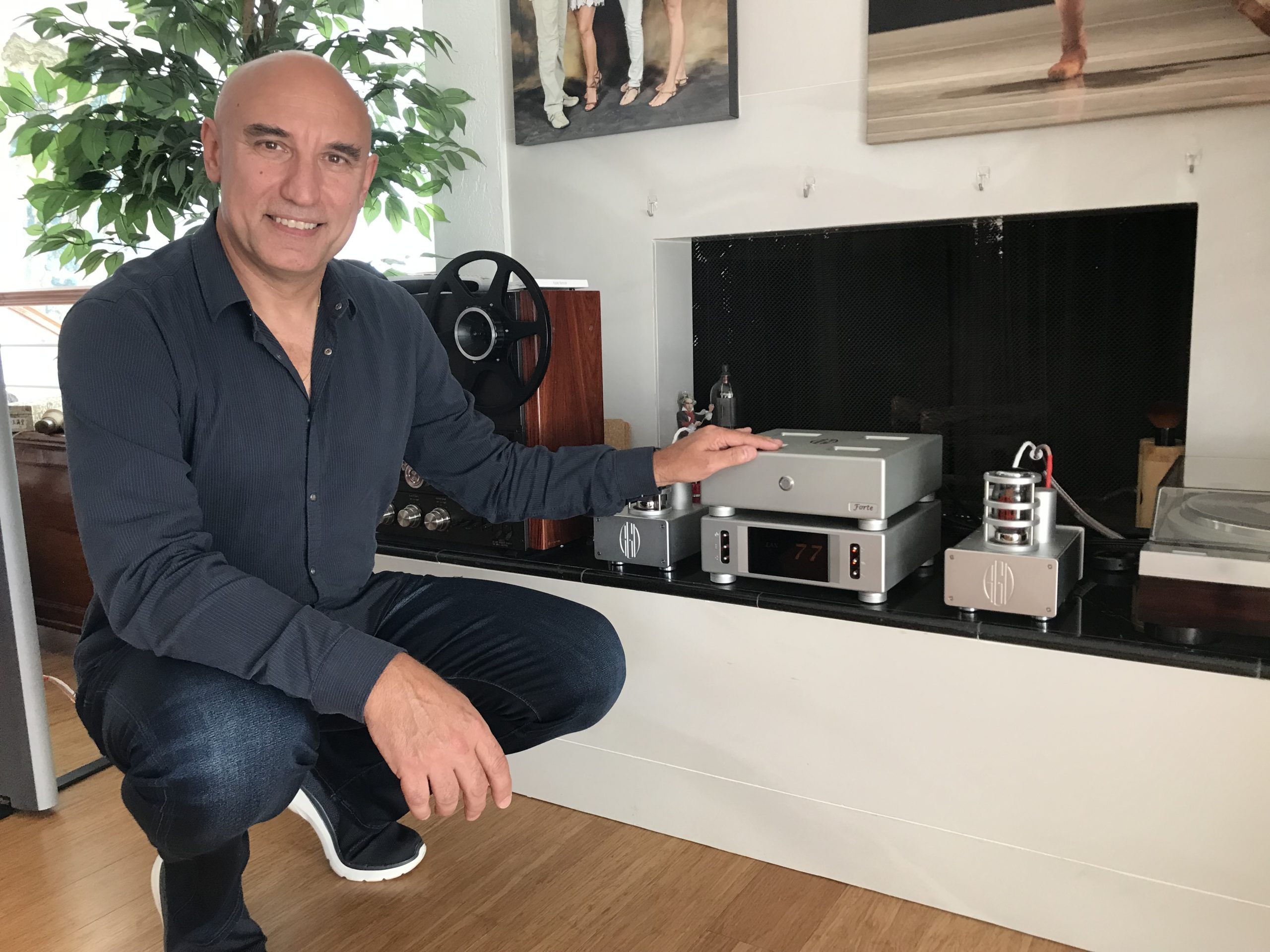



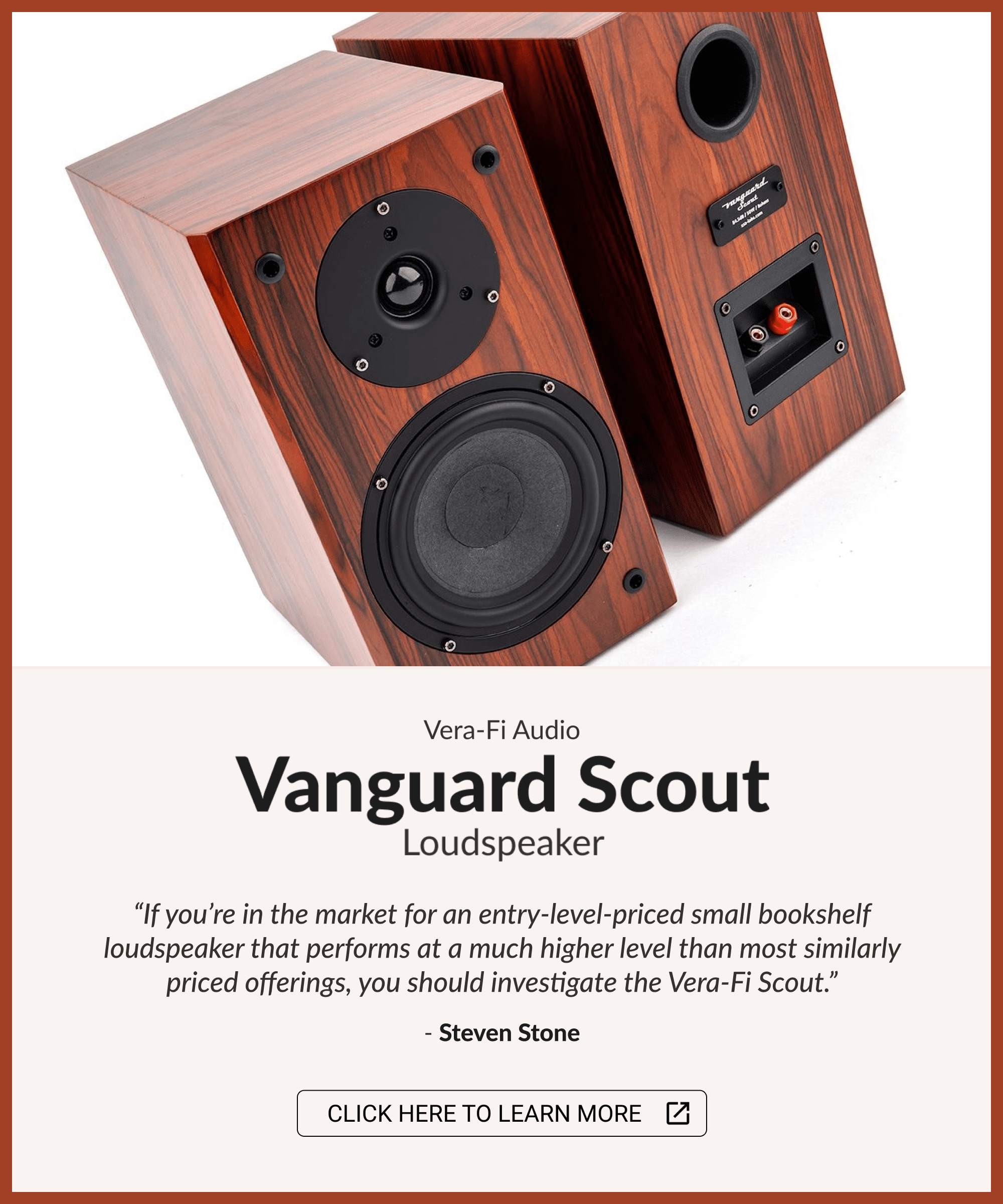









Leave a Reply